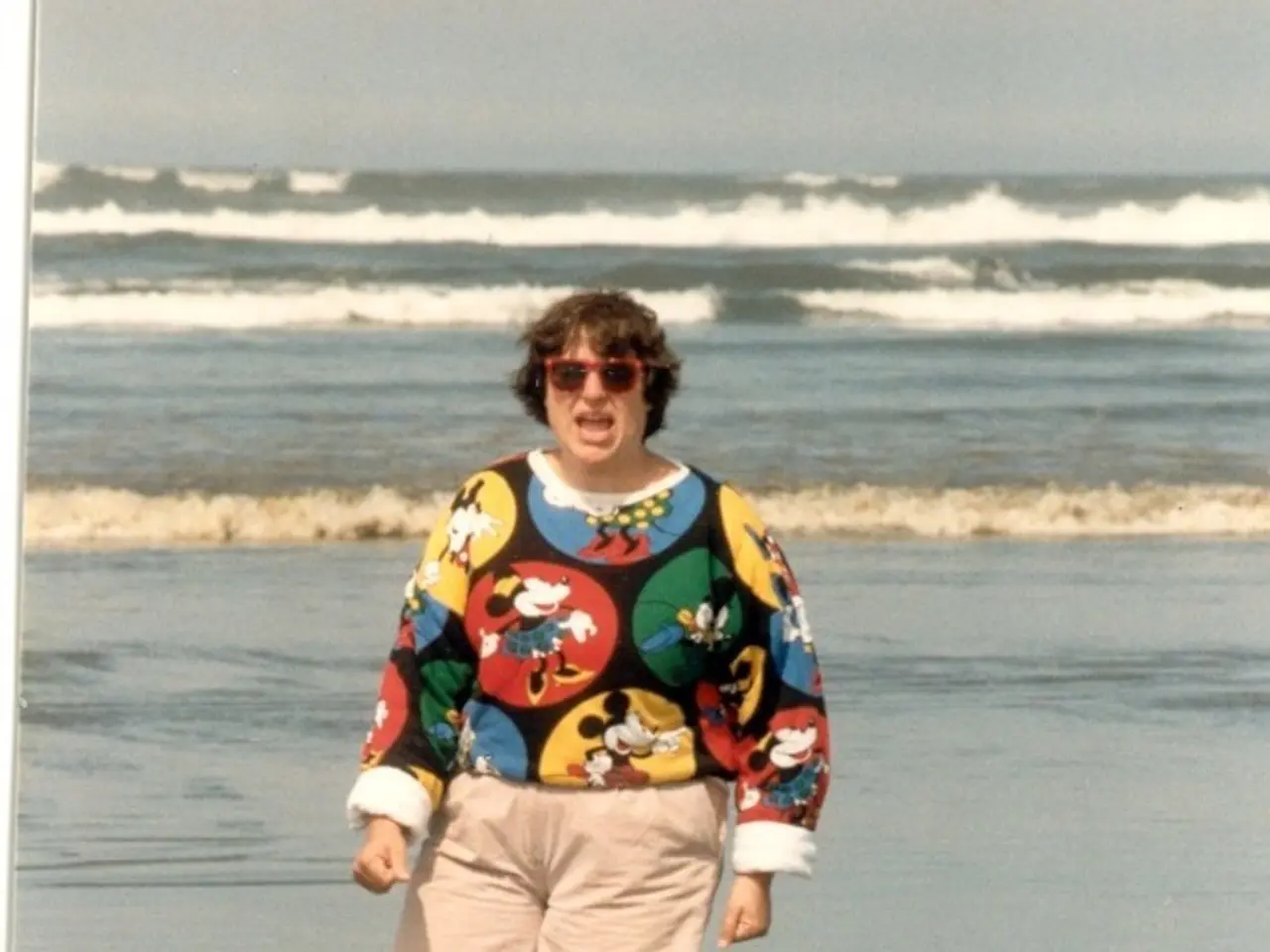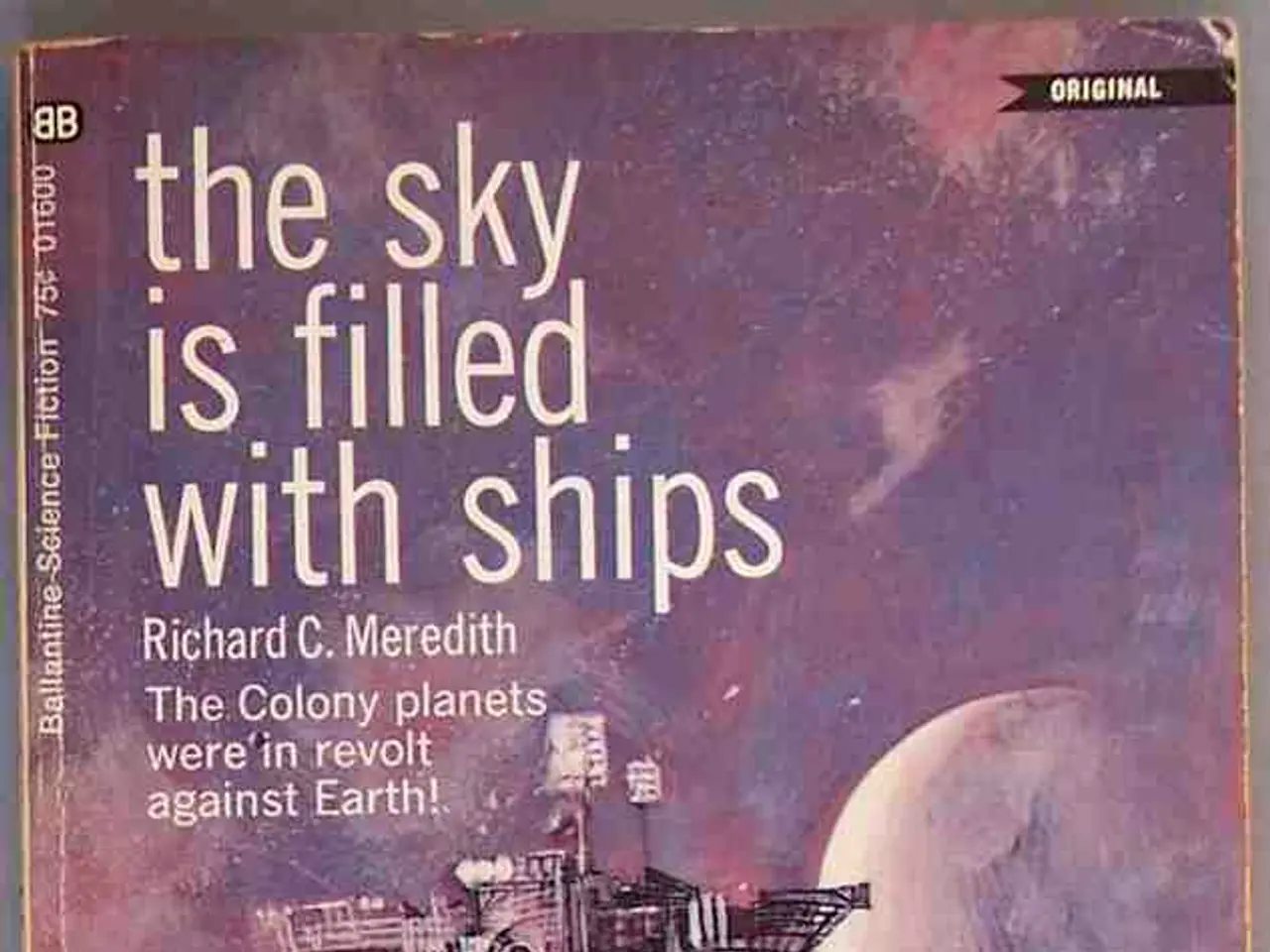Wave Characteristics: Exploring the Link Between Amplitude and Speed
In the realm of waves, four key concepts - amplitude, speed, frequency, and wavelength - are intricately connected, shaping the behaviour of waves in various domains, such as sound waves and music.
## Properties of Waves
- **Amplitude (A)**: The maximum displacement from the equilibrium position, amplitude does not directly affect the speed or frequency of a wave but does influence the energy carried by the wave. Higher amplitude waves carry more energy.
- **Speed (v)**: The distance a wave travels per unit time, measured in meters per second (m/s). For a given medium, the speed of a wave is constant.
- **Frequency (f)**: The number of oscillations or cycles per second, measured in Hertz (Hz). It is inversely related to the wavelength, as they are connected through the wave speed equation.
- **Wavelength (λ)**: The distance between two consecutive peaks or troughs of a wave. Like frequency, it is linked to wave speed through the wave equation.
## Relationships Between Properties
### Wave Speed Equation The relationship between wave speed, frequency, and wavelength is given by the **wave equation**: \[ v = f\lambda \] This equation shows that for a constant speed, as the **wavelength increases**, the **frequency decreases**, and vice versa.
### Wave Number and Frequency The **wave number (k)**, which represents the number of waves per unit distance, is related to wavelength as: \[ k = \frac{2\pi}{\lambda} \] Rearranging the wave equation in terms of wave number gives: \[ k = \frac{2\pi f}{v} \] This shows that frequency and wave number are directly related, but inversely related in terms of wavelength.
### Amplitude and Energy While amplitude does not affect the speed or frequency, it does influence the energy carried by the wave. Waves with higher amplitudes carry more energy.
## Summary In summary, the main relationships are: - **Amplitude** affects energy but not speed or frequency. - **Speed** is constant for a given medium and is related to both frequency and wavelength through the wave equation. - **Frequency** and **wavelength** are inversely related, with one decreasing as the other increases for a constant speed.
These relationships are fundamental to understanding wave behaviour in physics. Velocity and wavelength have weak connections with amplitude that add subtle nuances to the world of waves. For instance, in music, a fast tempo (high frequency) results in a low-amplitude wave, with dancers jumping up and down rapidly, while a slow tempo (low frequency) creates a taller (high-amplitude) wave as dancers take their time. These insights offer a deeper appreciation for the interplay of these wave properties in various contexts, from the dance floor to the laboratory.
In the context of various domains such as sound waves and music, science and technology play crucial roles in further investigating, predicting, and manipulating the properties of waves. For example, using scientific principles, a music composer can purposefully design songs with specific wave properties, such as altering the frequency to achieve a desirable tempo or adjusting the amplitude to create a distinctive tone in technology like digital audio workstations.




![Unveiled Google TV streaming device from Xiaomi, now available for purchase [Photos]](/en/content/images/size/w1280/format/webp/20250708055358_xiaomi-google-tv-streaming.jpeg)